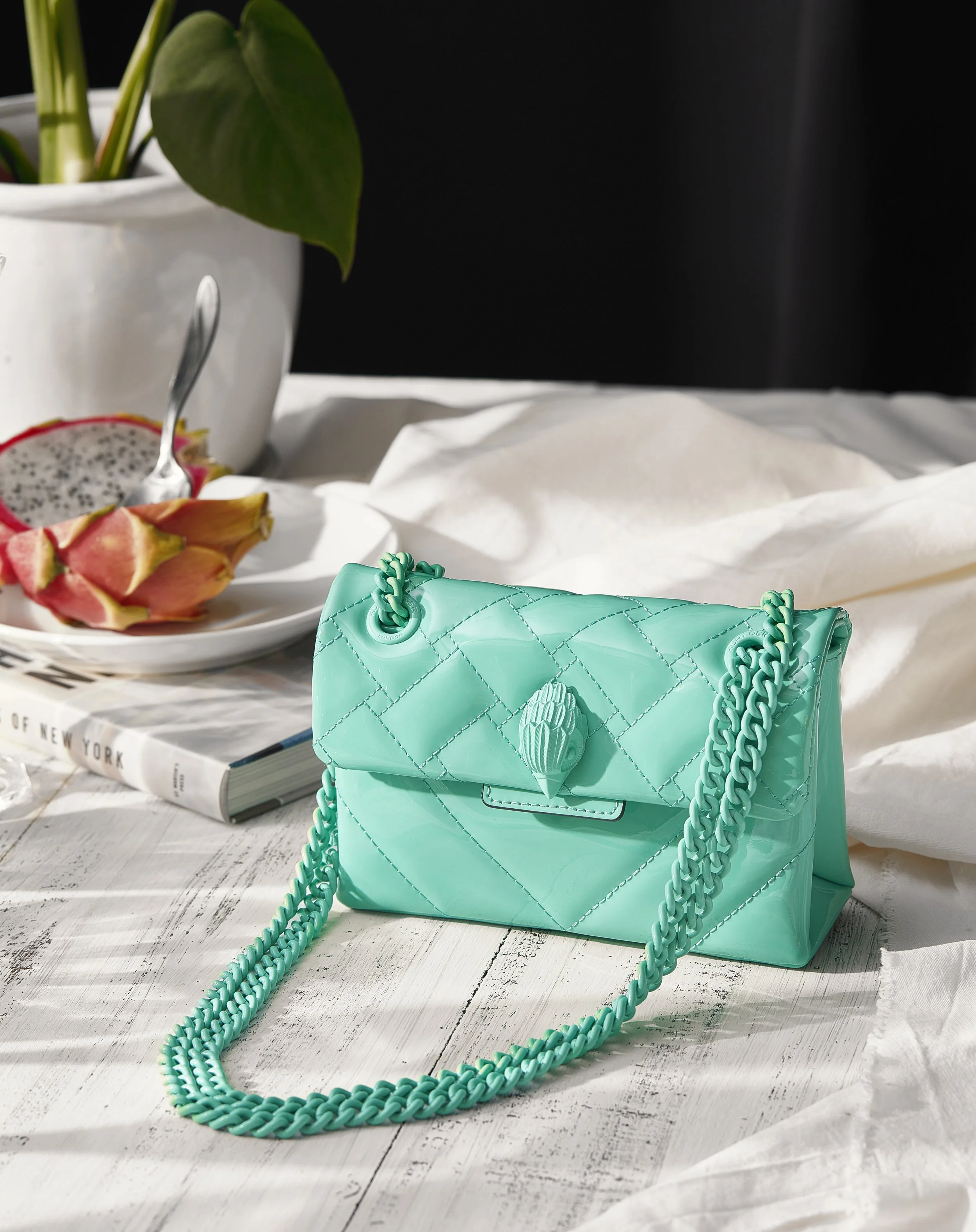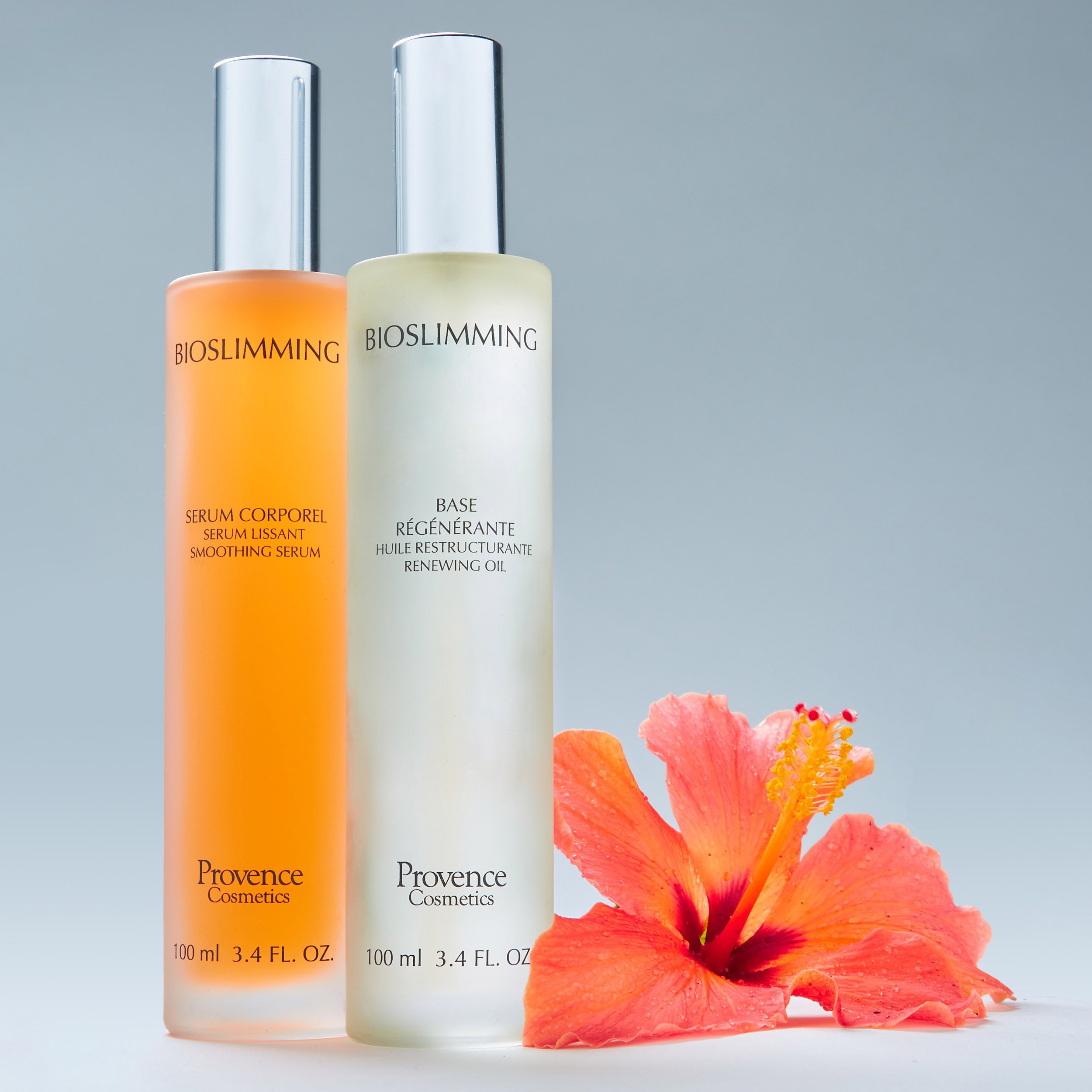Still life photography has its roots in the art of still painting. To break it down a little further, there are 4 broad categories of art: Landscapes, portraits, still life, and abstract. Within these categories are different styles and genres, but essentially it means that the picture is either of scenery, of people, of objects, or conceptual depictions of any of those things.
Still life refers to images which depict objects in an arranged composition. For art, the still life may focus on the essence of the objects as symbols for ideas and thoughts. For the purpose of advertising, however, still life is much more straightforward – to display a product and all of its characteristics. There is a psychology to the way humans relate to images and artwork. In advertising those fundamentals utilized to facilitate the selling of products.
Kurt Geiger Turquoise Handbag, © Sonya Bowman 2022
The Role of Still Life in Advertising
Still life photographs are the cornerstone for print advertising as they allow for products to be portrayed in an accurate and eye-catching manner. When used in advertising, still life images have the ability to communicate a great deal of information about a product in a single frame. In just one glance, a viewer can take in the shape, color, and texture of an item, as well as any important details such as branding or usage.
Still Life for Advertising Versus Catalog or Ecommerce
What separates still life photographs used for advertising from those that might be used for a catalog or website? The primary difference is playing into that psychology referenced earlier. While Ecommerce is most typically shot on a white background with the goal simply displaying form and function, images for advertising have a much bigger job. Still life photography for advertising must motivate the consumer toward making a purchase.
To that end, the advertising agency will identify the desired consumer, and work with the brand to develop a language which will speak directly to them. For products that are intended for middle aged affluent people, the images will look different from those targeted toward teenagers. Color theory, typography, composition, and propping all play a role in creating an image that draws in the consumer, suggesting a desirable lifestyle and generating a sense of, not just want, but need.
Fenty Fragrance, © Sonya Bowman, 2022
Getting Started in Still Life Photography
When it comes to still life photography, the possibilities are endless. There are so many things that you can use to create interesting and unique compositions as you hone your skill set as a photographer.
One of the most popular objects to photograph is fruit. Fruit is colorful and eye-catching. You can arrange it in a multitude of ways and experiment with different lighting techniques to create stunning images. Fruit is also a mundane object, most humans interact with fruit in some capacity every day of their life. How do you show it in a new and unexpected way?
Another popular option is flowers. Again, flowers are colorful and eye-catching, but the light moves through them differently than fruit, so they make another great starting place for photographers looking to develop their lighting techniques.
Whatever inanimate objects you have around you – books, bottles, or even furniture – are great starting places on the path to becoming a still life photographer. The key is to experiment and see what works best for you.
Once you have honed your lighting skills on inexpensive and readily available items, consider purchasing designer or branded goods. For photographers who may not have a client list yet, putting recognizable products in their portfolio will demonstrate to potential customers that they are at least in touch with relevant and current brands.
Suggested products for the aspiring still life photographer:
Makeup
Bottles (booze or otherwise)
Handbags
Shoes
Clothing
Tech/Computers
Provence Cosmetics, © Sonya Bowman, 2022
Tips on Still Life Advertising
If you're a product photographer, there's a good chance you've been asked to photograph still life for advertising purposes. It's a common type of photography that is used to sell everything from food and drink to clothing and cosmetics.
So, what does it take to create successful still life advertising? Here are some tips:
1. Know your audience
Before you start planning your shoot, it's important to think about who your target audience is. What kind of products do they buy? What do they respond to in terms of visuals? Answering these questions will help you determine the style, tone and overall approach to your shoot.
2. Keep it simple
While it's tempting to go all out and create an elaborate set-up, sometimes less is more when it comes to still life advertising. A few well-placed props and a clean background can often be more effective than a cluttered scene.
3. Use dynamic light
Natural light will give your photos a warm, inviting feel that can be quite perfect for social media and lifestyle shoots. If you're shooting advertising, however, you are really going to want to lean into studio lighting. This is not to say that you must use a bunch of lights, even one light can get the job done if it is used appropriately, but the lighting is not something you should leave up to chance.
4. Pay attention to detail
In still life photography, details matter. From the way the product is arranged in the frame to the lighting and shadows, every element should be carefully considered. By paying close attention to details, you ensure the viewer doesn’t get stuck on the wrong thing. Make sure every item is perfectly clean before starting. Wear gloves if you are shooting anything with metal, glass, or even plastic to avoid getting fingerprints on the item. Watch out for dust that may be especially prominent in the lighting.
Conclusion
I hope you’ve enjoyed this article about Still Life Photography For Advertising. With some creativity, careful planning, and technical skill, you can create still life photography worthy of advertising. Please have a look at https://www.sonyabowman.com/still-life for more Still Life photography ideas.



